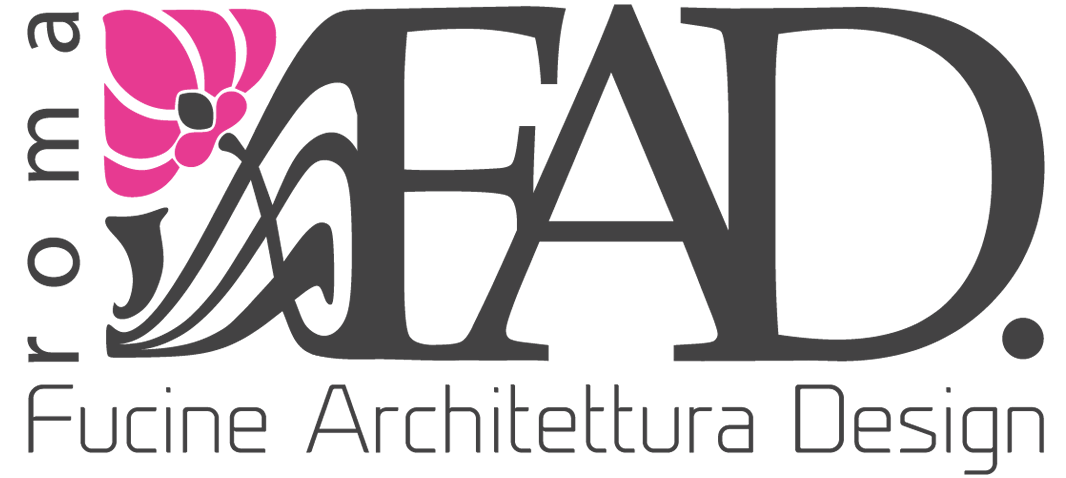The great value of plants in interior design
A new way of thinking and relating to the surrounding world
In recent years, nature has been taking back its spaces almost everywhere, both indoor and outdoor. A greenery explosion of succulent plants, ferns, aromatic and exotic plants which conquer spaces in restaurants, offices, and shops, as well as in the social media. This is much more than a temporary fashion, it is a real awareness of humankind about the importance of restoring the dignity of nature. Indoor plants have a great functional and aesthetic value; in addition of being decorative, they reduce noise pollution, improve the air quality, and help you to deal with stress.
This "green" trend has been created by millennials who often live in flats with small balconies; thus, the need to create small interior private gardens where to enjoy plants benefits. Plants have therefore become a new living element for Architects and Interior Designers, useful to create a new vision of spaces.
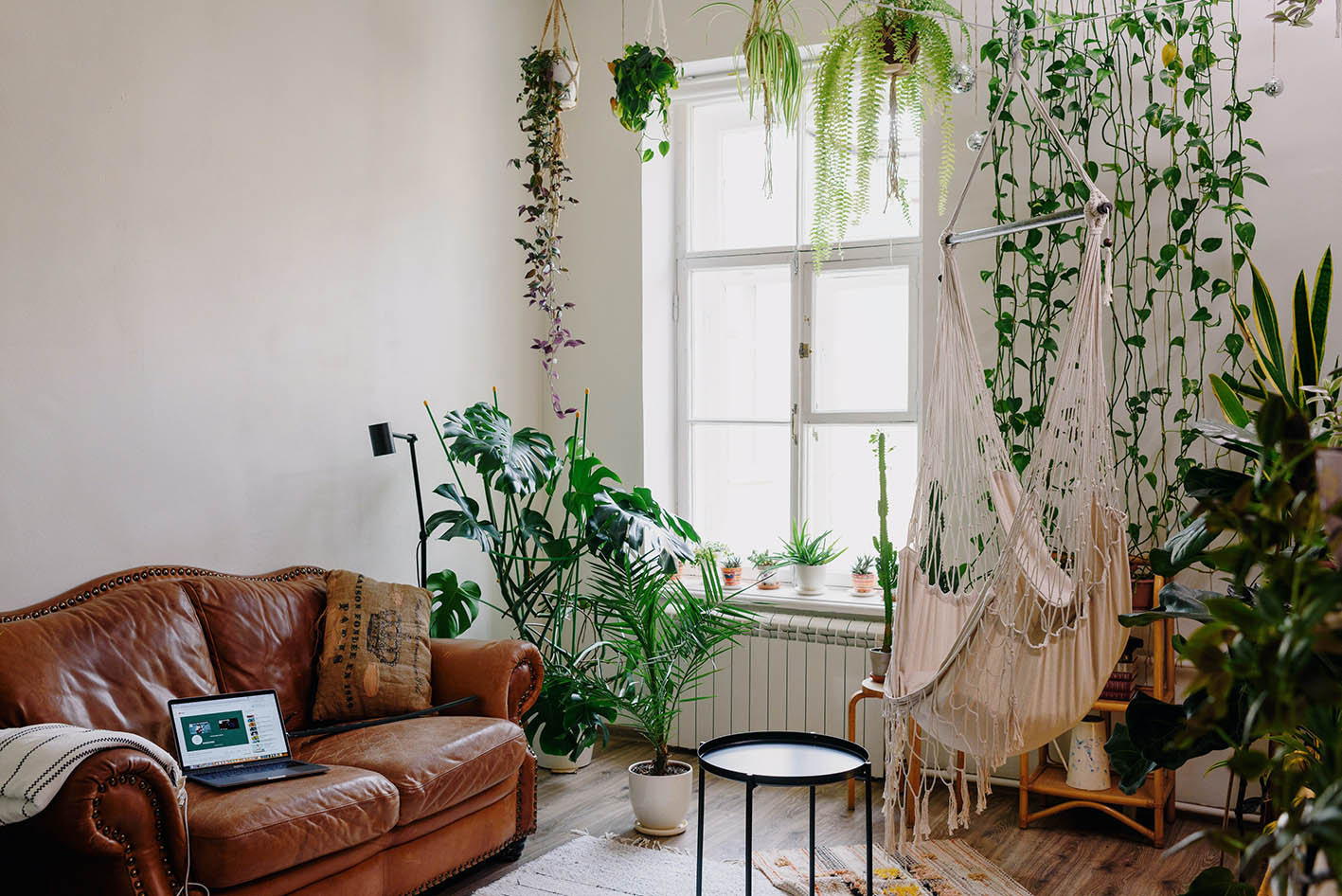
In history, the privilege of using plants to furnish the house was reserved to a few people; only in the Victorian era this custom got a foothold among the middle class. This new trend led to those characterizing elements of the Victorian architecture, such as the large bay windows and verandas. At the beginning of the 20th century, a more modern concept of housing was born leading to a minimalist environment with less attention towards vegetation and a considerably decreased quantity of interior plants. Afterwards, and for the most of the 1900s, plants were relegated to outdoor environments and their presence inside the houses could be found only on fabrics, curtains, upholsteries, and other commonly used objects. However, the arrival of post-modernism brought a more truthful disorder to interior designs and plants were again an important part of our homes, to finally skyrocket in the 80s when they were present in almost all environments as well as in architectural prints and graphics, as for the previous century.
Nowadays the extremely great attention paid to climate changes and the planet is leading us to rediscover nature in all its forms, and greenery is pleasantly invading all types of architectural environments, from offices, commercial premises to homes, and help us to avoid the great waste of natural resources brought by the consumerism.
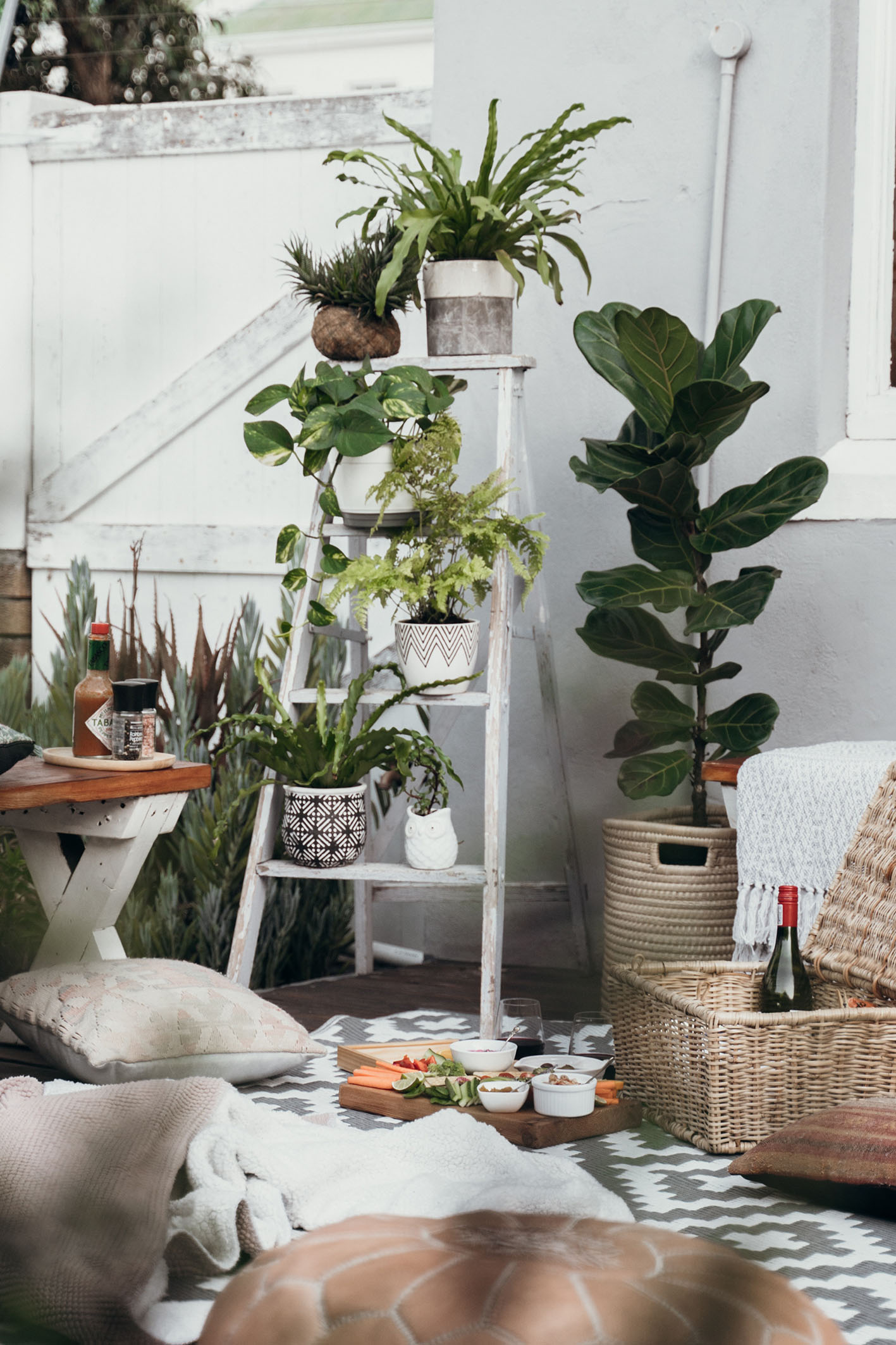
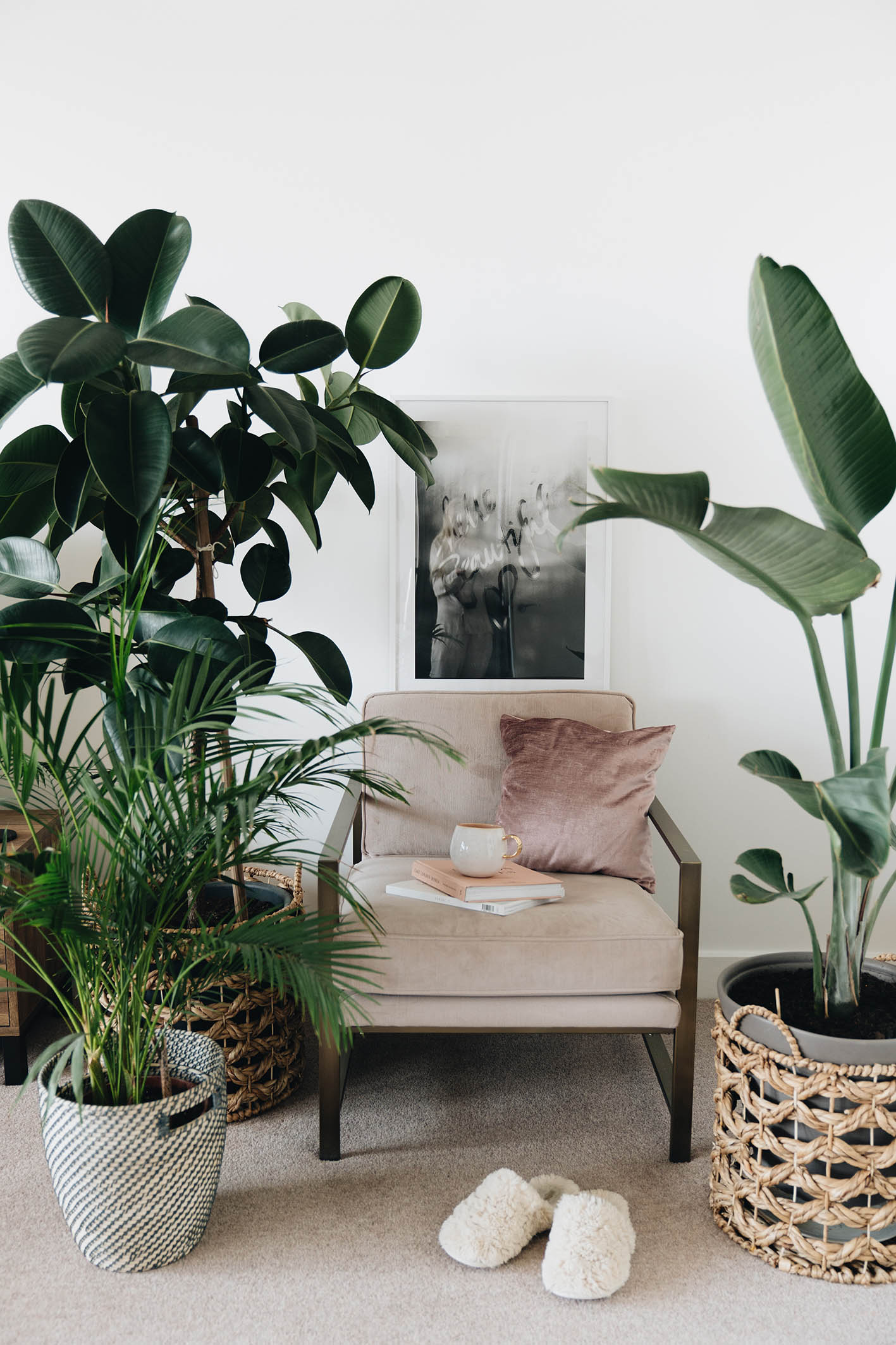
So, let's see how we can use plants to furnish our home for being part of this beneficial "green" movement, aimed at helping our world and society.
In any case, the arrangement of plants must follow the architectural and design principles: first of all, you have to decide whether to arrange them only in some areas of the house or to recreate a jungle effect, considering the space available, the light and the rooms layout.
For example, some plants, such as the photos or the succulents, do not require a lot of care and attention and have a great resistance even at high temperatures, while others, such as the aloe, need humid environments or indirect light, such as the kentia.
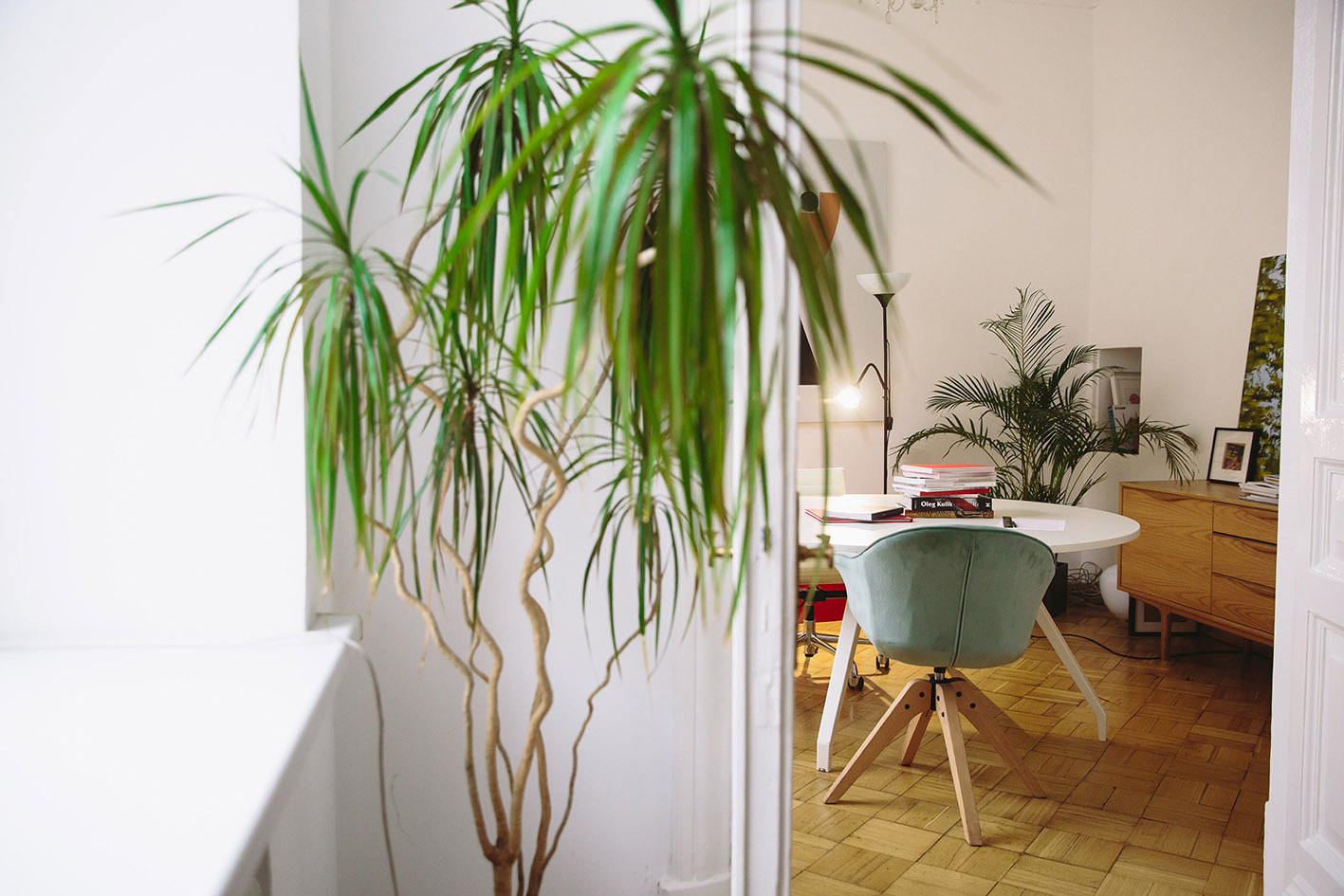
The aspect of the entrance should be as pleasant as possible as it is the environment that welcomes us when we get back at home; entrances are generally small environments so it could be nice to furnish them with a sansevieria, whose slender form takes up little space.
As for the living room, plants can be placed almost everywhere: tall plants with a scenic effect can be placed close to the sofa or a bookcase while hanging plants can be placed on furniture and shelves to create a pleasant "jungle" effect. If your living room is very large you can also decide to use bigger plants such as the Monstera Deliciosa or the Ficus Benjamina.
We are not used to arrange plants in the bathroom but, this environment is the ideal place for plants which require humidity such as ferns, sansevieria or aglaonema.
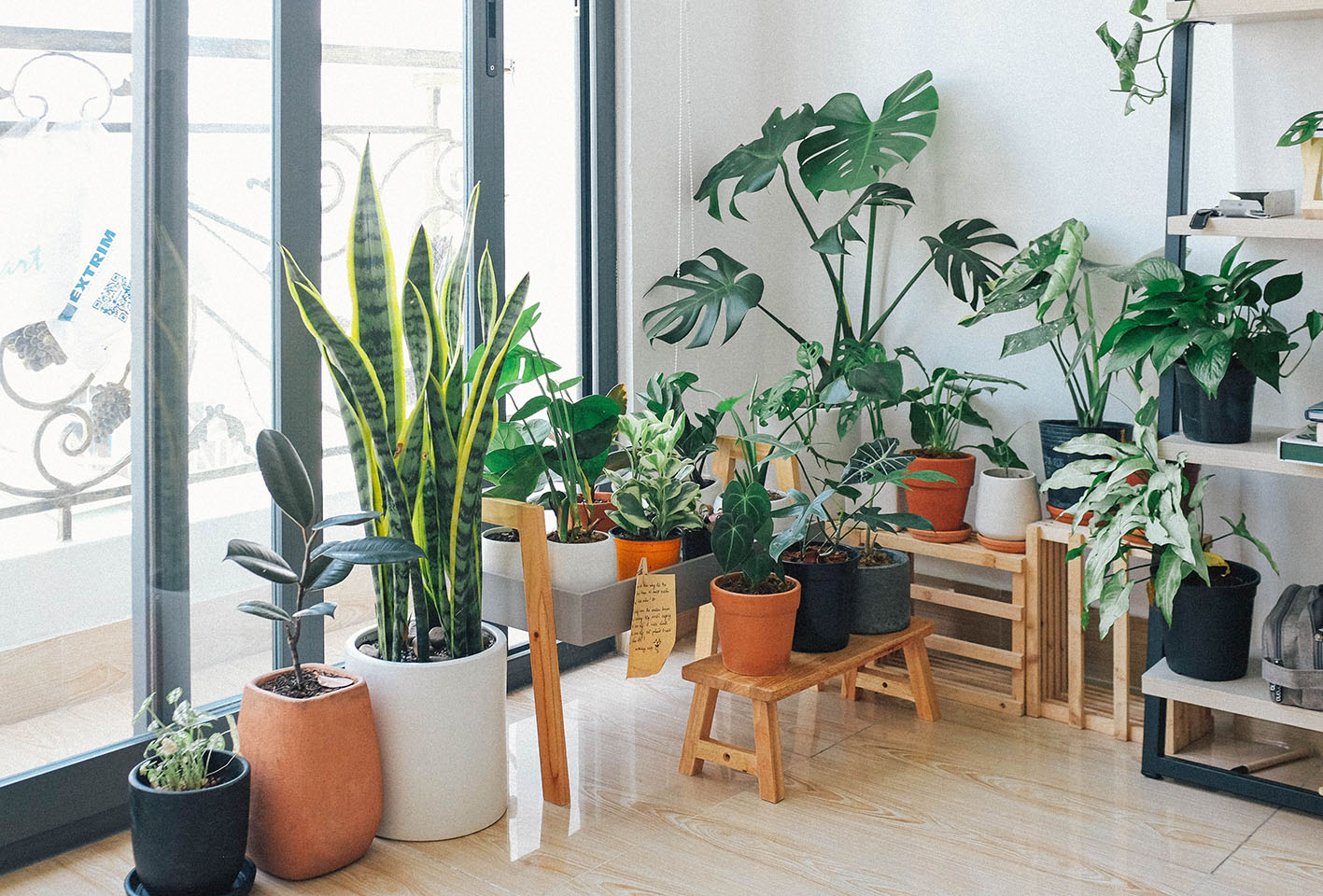
As for the bedrooms, after a long time the myth that plants "steal" oxygen during the night by not carrying out the photosynthesis has been finally dispelled. Of course, it is better not to place them next to the head of the bed, but if you have a large environment, plants can create a cosy feeling of peace and well-being.
On the other hand, if you prefer to have the greenery in a few more secluded corners to avoid the jungle effect, you can simply arrange a plant in the living room that gives a feeling of movement to the environment, mainly if the furnishing is of the modern style. In this case, if you want to add more plants, their arrangement should be organized according to "layers", that is the highest plants in the background and the lowest ones in the foreground, creating a play of foliage and colours.
Whether you prefer a jungle green effect or a more delicate one, the habit of having vegetation in our daily life should never be abandoned.
